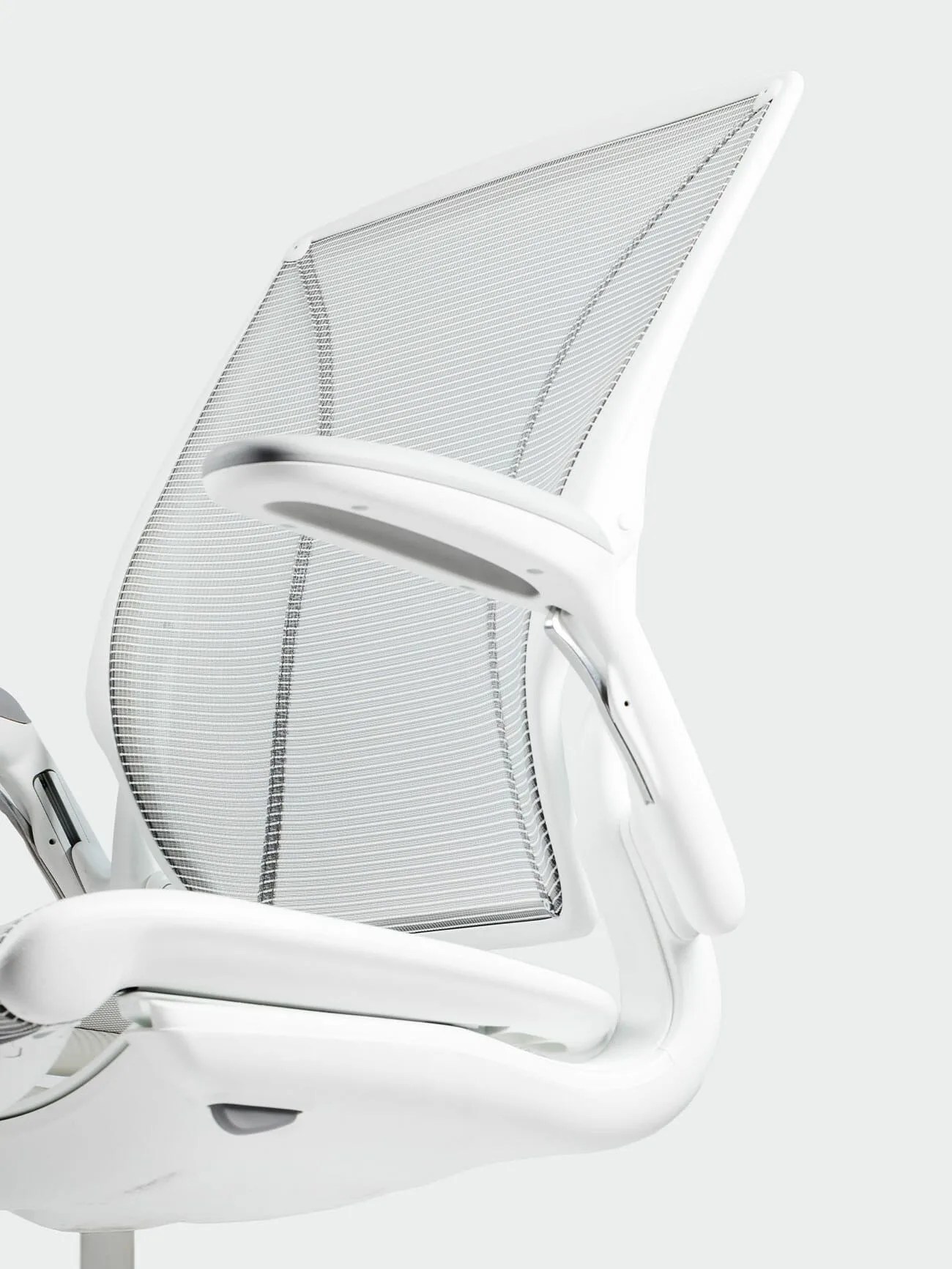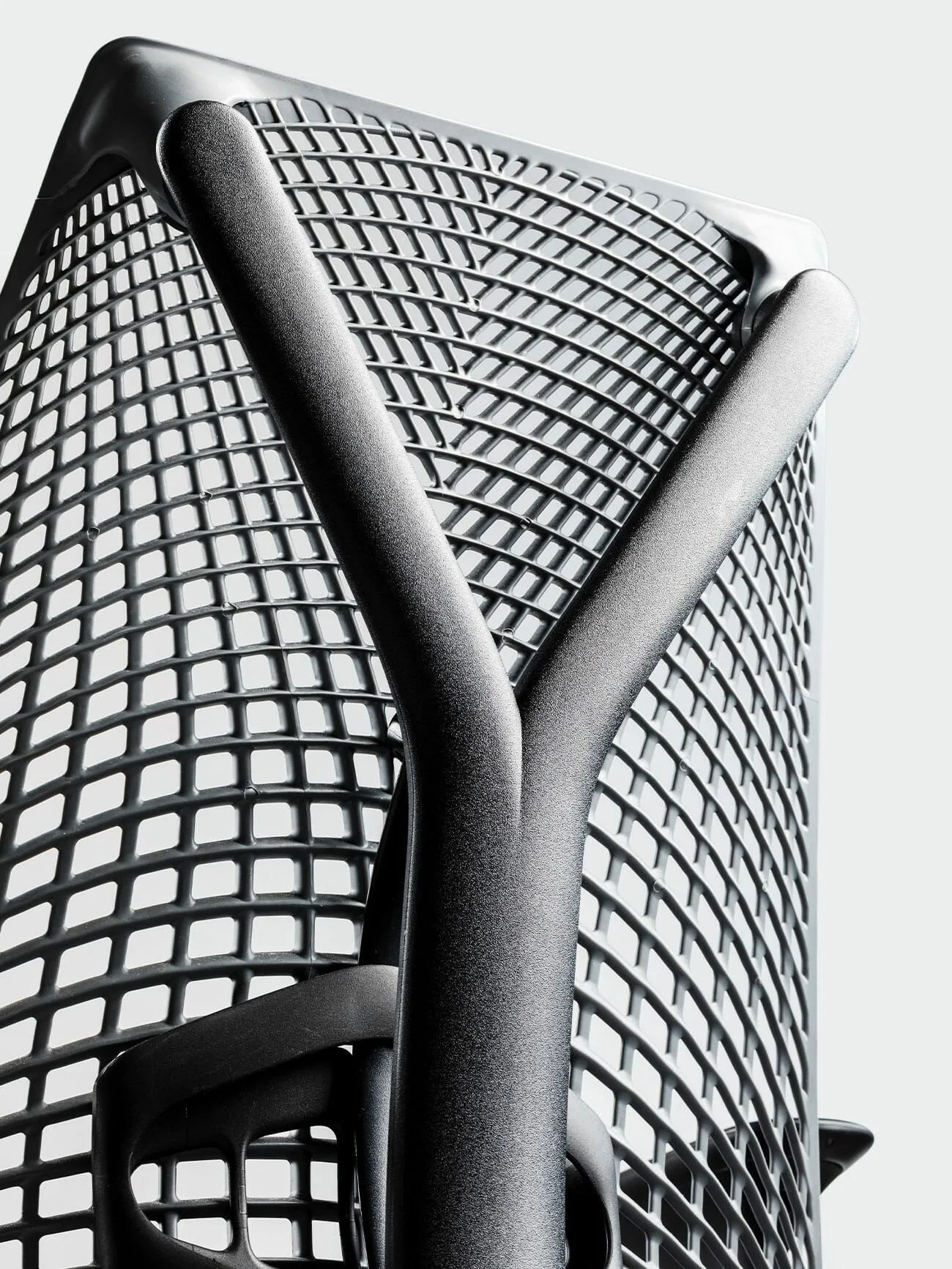Though complete data isn’t available yet, it’s likely there are more people working from home right now than ever before. And with the millions-strong tide of new WFH warriors has come a learning curve — how to sit properly.
Google searches for “desk chair,” “office chair” and other permutations of the chair you sit in while working have gone through the roof since WFH mania has taken hold. Companies like Design Within Reach, Herman Miller, Steelcase and Humanscale are all running sales on desk chairs and other work from home essentials, most reporting large upticks in inquiries and sales in the seating category.
Dr. Brock Walker, former chiropractor, ergonomics specialist and President of Human Innovation Designs, diagnosed back, neck, shoulder and eye pain related to sitting improperly, bad posture or working in a poorly designed seat for decades. “People would come into my office and say, ‘Please look at my back, something’s wrong.’ And then we would do things to fix their chairs and their back pain would go away, and then their neck pain would go away and so on. I could tell almost instantly if someone’s issues were from sitting in the wrong kind of seat,” Walker said.

Seated in his Embody chair in his Michigan office, Walker uses the classic La-Z-Boy recliner. “You lay in it, and you’re like, ‘Dude, where do I get one of these?’ Fifteen minutes later you’re going, ‘How the hell do I get out of this thing?’ You can see how after hours of sitting in something like this there may be problems,” he said.
Walker explains it this way: imagine if your head were replaced by a 10-pound bowling ball. How would your body hold that bowling ball up? If you lean backward, hunch over or slouch, you’re asking your muscles and soft tissue to hold up the bowling ball all day. You do that for a few days and you’ve got a recipe for a lot of pain.
“Guess what? Your head weighs somewhere between eight and twelve pounds, and once you start all that slouching, you’re going to have decreased blood flow, you’re going to have decreased respiration, you’re going to have muscle strain, you’re going to have different parts of the body get strained,” Walker said.

